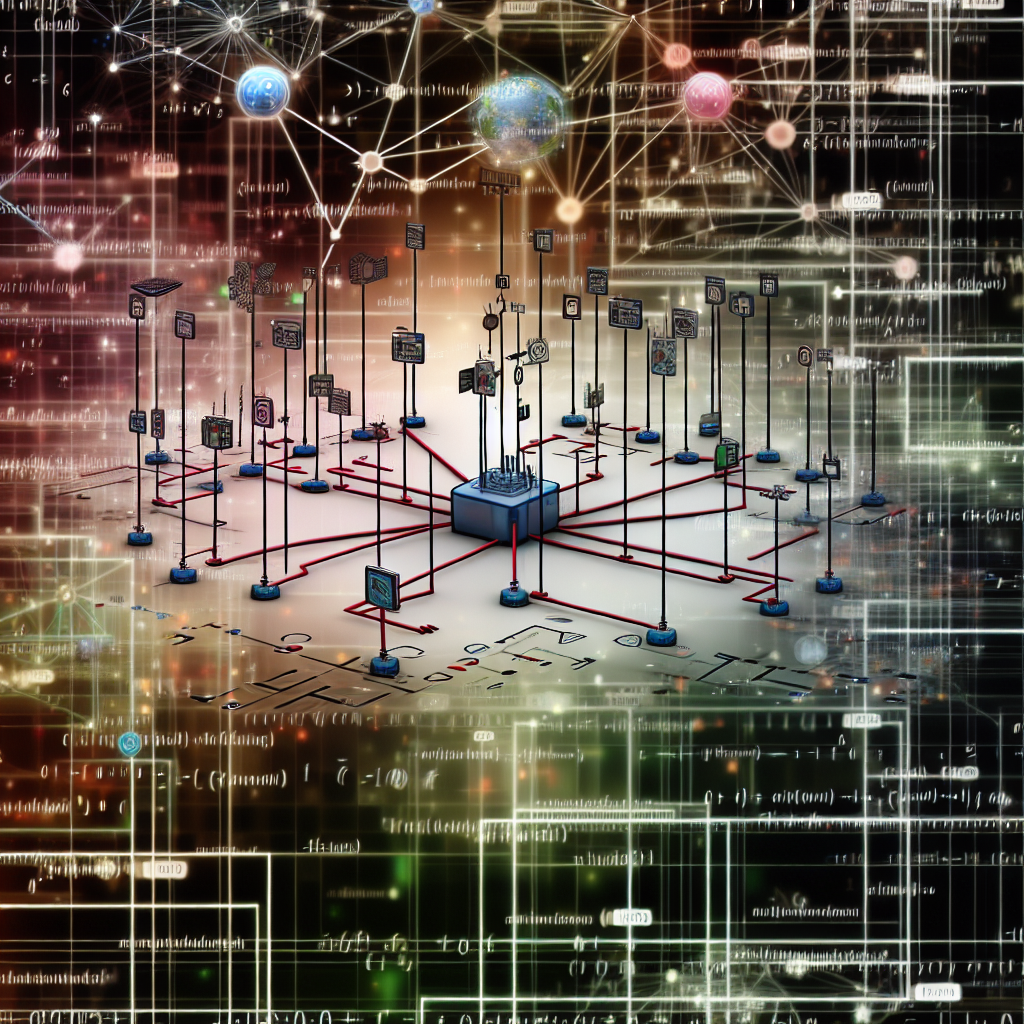2025 Essential Insights on Leveraging Edge Computing and IoT for Real-Time Data Science
The rise of edge computing and the Internet of Things (IoT) has brought about a significant evolution in the landscape of real-time data science. As devices become increasingly interconnected, the challenge of processing vast amounts of data quickly and efficiently becomes more pronounced. By harnessing edge computing, businesses can push data processing closer to the point of generation, thereby enabling faster analytics and decision-making. In this article, we delve into how edge computing and IoT are transforming real-time analytics in data science. We’ll explore cutting-edge applications, discuss emerging trends, and provide insights into the future of this dynamic field.
Advanced Applications of Edge Computing and IoT
Edge computing and IoT open up a multitude of possibilities for real-time analytics in data science. In smart cities, for example, edge devices can monitor traffic patterns, enabling real-time adjustments to traffic signals to improve flow efficiency. In healthcare, IoT devices at the edge can continuously track patient vitals, offering immediate insights without needing to send data to centralized cloud storage. These applications underscore the potential of integrating IoT with edge computing to drive responsiveness and resilience.
Framework Integration
Implementing these advanced applications often involves integrating various frameworks, such as TensorFlow Lite and Apache Kafka, tailored for edge deployment. These frameworks allow for machine learning models to run at the edge, providing instantaneous feedback based on streamed data. The adaptability of these tools plays a critical role in refining how devices and networks adapt to the vast influx of data.
Emerging Trends in Real-Time Data Science
One of the most promising trends is the shift towards decentralized networks, where edge devices can communicate directly with each other, reducing latency and bandwidth use. Another noteworthy development is enhanced edge AI, with algorithms becoming more efficient and capable of performing complex computations with minimal power. As AI models get more sophisticated, organizations are increasingly looking into federated learning to train models across distributed device networks without aggregating data centrally, thereby ensuring privacy and data security.
According to reports by Gartner, spending on IoT is expected to rise significantly, with projections indicating a near doubling by 2025. Such growth underscores the strategic importance of edge computing in future data-driven strategies.
Real-World Case Studies
Looking at real-world applications, automotive companies are leveraging edge computing to improve autonomous driving systems. By processing sensor data at the edge, these vehicles can make safer, faster decisions on the road. Another compelling example is in the industrial sector, where manufacturers are using IoT devices and edge computing to conduct predictive maintenance. By analyzing equipment data in real-time, these systems can predict failures before they occur, thus minimizing downtime and maximizing operational efficiency.
For more on innovative applications in IoT, consider exploring our article on IoT Innovations.
FAQ
What is edge computing’s role in real-time analytics?
Edge computing pushes data processing closer to data sources, minimizing latency and bandwidth usage, leading to faster analytics.
How does IoT complement edge computing?
IoT devices generate vast amounts of data that can be processed at the edge, facilitating real-time decision-making and reducing cloud dependency.
What are some challenges faced in deploying edge computing?
Challenges include managing and securing distributed networks, ensuring interoperability among devices, and handling data privacy concerns.
Are there any industries where edge computing is particularly transformative?
Industries like automotive, healthcare, and manufacturing significantly benefit from edge computing for enhanced real-time analytics and decision-making.
Conclusion
Edge computing and IoT are redefining the capabilities of real-time data science. As organizations increasingly leverage these technologies, the potential to transform industries by enabling smarter, faster decision processing becomes clear. Looking ahead, embracing these tools can provide a competitive edge, especially as frameworks and networks continue to evolve. We encourage you to stay informed on the latest in data science advancements and explore how implementing these strategies could benefit your field.
Subscribe now to our newsletter for updates on pioneering developments in AI and data science!



